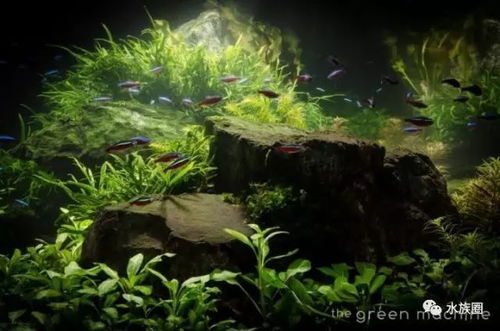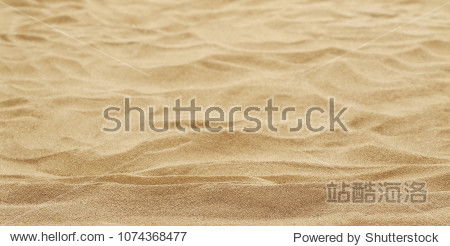Sand Soil Texture: A Comprehensive Guide
Understanding the texture of soil is crucial for various agricultural and environmental applications. One such texture is sand soil, which is characterized by its granular structure and plays a significant role in soil fertility and plant growth. In this article, we will delve into the details of sand soil texture, exploring its properties, formation, and impact on agriculture.
Properties of Sand Soil Texture

Sand soil texture is primarily composed of sand particles, which are larger than silt and clay particles. These particles range in size from 0.05 to 2.0 millimeters. The presence of sand particles in the soil affects its physical, chemical, and biological properties.
| Property | Description |
|---|---|
| Water Retention | Sand soil has low water retention capacity due to its large particle size and well-drained structure. |
| Air Porosity | Sand soil has high air porosity, which allows for good root penetration and gas exchange. |
| Warmth | Sand soil warms up quickly, which can be beneficial for early planting. |
| Plant Growth | Sand soil is suitable for plants that require good drainage and aeration, such as tomatoes and peppers. |
Formation of Sand Soil Texture

Sand soil texture is formed through various geological processes. Here are some of the key factors that contribute to its formation:
-
Weathering: The physical and chemical breakdown of rocks into smaller particles, including sand.
-
Erosion: The transportation of weathered particles by wind, water, or glaciers.
-
Deposition: The settling of eroded particles in low-lying areas, forming sand deposits.
-
Glacial Activity: The movement of glaciers can transport and deposit sand particles in various regions.
Impact on Agriculture

Sand soil texture has a significant impact on agricultural productivity. Here are some key aspects to consider:
-
Water Management: Due to its low water retention capacity, sand soil requires frequent irrigation to maintain soil moisture levels.
-
Soil Fertility: Sand soil has low organic matter content, which can limit nutrient availability for plants. Regular application of organic matter and fertilizers is essential.
-
Plant Selection: Certain crops are more suitable for sand soil, such as those that require good drainage and aeration.
-
Soil Conservation: Practices like contour farming, terracing, and windbreaks can help prevent soil erosion on sandy soils.
Conclusion
Sand soil texture is a unique type of soil that has distinct properties and plays a crucial role in agriculture. Understanding its characteristics and managing it effectively can lead to improved crop yields and sustainable land use. By exploring the formation, properties, and impact of sand soil texture, we can better appreciate its importance in our environment and make informed decisions regarding its utilization.
